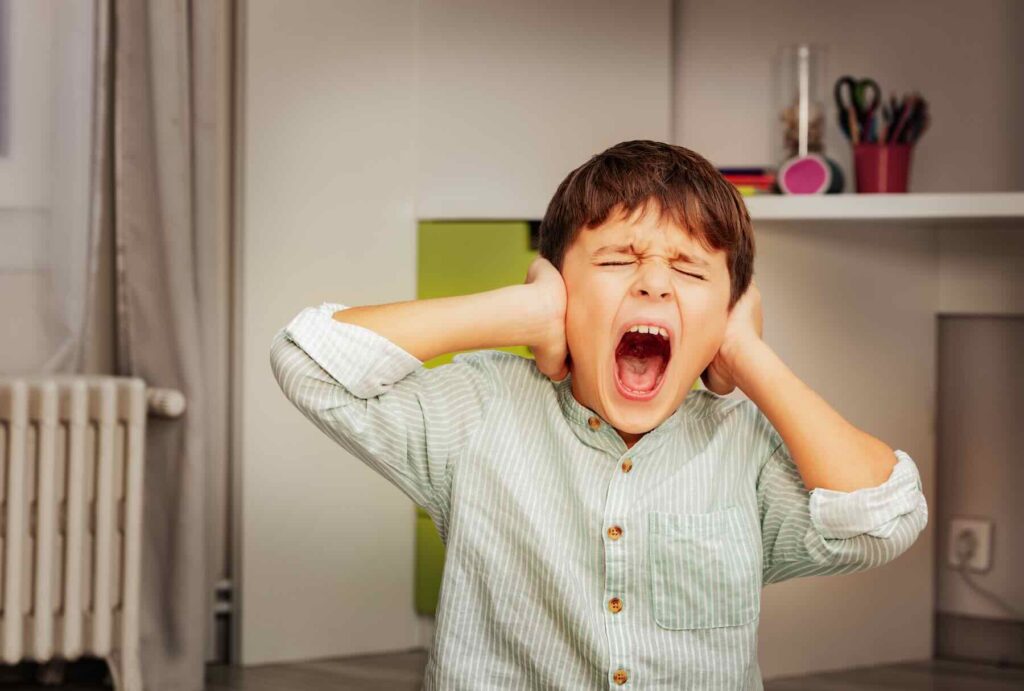Anger is normal. Everyone gets angry. But most adults have learned how to manage their emotions. Children, however, haven’t yet developed this ability — which is why their anger can sometimes seem overwhelming or even frightening.
But anger isn’t something to fear — and it certainly isn’t something to suppress. It’s a crucial emotion that helps shape a child’s personality. The key is learning how to handle it in a healthy way.

Why anger is actually good for children
Strong emotions play an important role in developing the nervous system and fostering personal growth.
That said, childhood anger isn’t always quiet or contained. It often shows up as screaming, hitting, throwing things — even full-blown tantrums. And anything can trigger it: being denied a treat, asked to help around the house, or simply feeling misunderstood.
Many parents make the mistake of forbidding strong emotional expression, or worse — getting angry at the child for being angry. Over time, the child starts to associate anger with something bad or shameful.
This leads to emotional suppression. Children stop expressing not just anger, but any strong feeling. And that kind of repression affects the nervous system, the heart — and their overall emotional health. They may grow up afraid to show how they really feel and struggle with happiness as a result.
That’s why children’s anger should never be forbidden. It’s a normal brain response. What matters is guiding that response in a safe direction.

How to help your child learn to manage anger
The most important thing a parent can do from the earliest stages of a child’s development is to help them understand their emotions.
At birth, children have almost no analytical ability. They are made of pure emotion — but they don’t understand what’s happening inside. It’s scary for them, and they have no tools to cope. You are their guide.
Talk to your child about what they’re feeling. Let them know it’s okay to feel that way. Help them put names to emotions and find safe ways to express them.
If your child is angry, try redirecting that energy into something physical but safe: kneading playdough, jumping, or blowing up a balloon. These kinds of activities can help release tension quickly.
And through all of it, you need to remain calm. Be a steady, grounding presence — the anchor they can hold on to in emotional storms. Once the outburst has passed, stay with your child. Reassure them, and gently talk through what happened.
What not to do — ever
If you want your child to feel safe with their emotions and not shut down or retreat into themselves, avoid the following:
- Don’t compare your child to others.
- Don’t respond to their emotions with your own anger.
- Don’t scold them or tell them anger is bad.
- Don’t leave them alone to “calm down” — it doesn’t work that way.
- Don’t dismiss or downplay their aggression.
A child is a brand-new person in this world, trying to understand both the outside and inside. They’re learning. And what they learn depends on you.
Will they grow up afraid of their own emotions? Or will they learn to accept and manage them? Emotional awareness and self-regulation are at the heart of a happy, successful life — and it all begins in childhood.
😡 Child's emotions: what to do?
Choose how your child shows anger. See how to respond appropriately.






